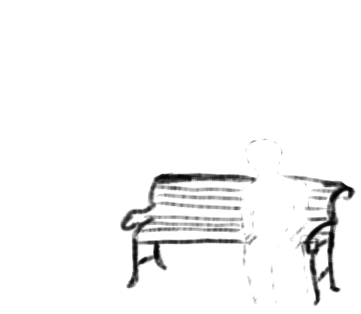The Buddy Bench

“Play makes us nimble — neurobiologically, mentally, behaviorally — capable of adapting to a rapidly evolving world.” ~Hara Estroff Marano: A Nation of Wimps I’ve heard discussions about something called the Buddy Bench. These are benches for children to…

